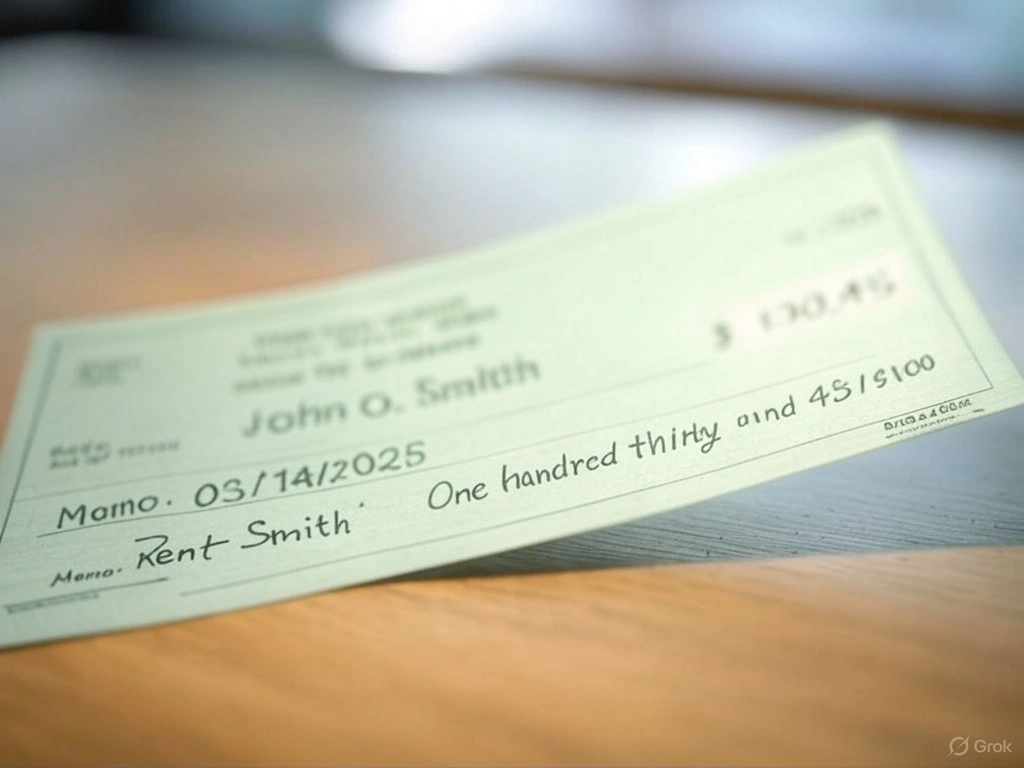
Pretium eget enim ut bibendum ac rutrum hendrerit risus vitae non morbi phasellus sollicitudin luch venenatis tortor massa porttitor diam auctor arcu cursus sit mauris scelerisque orci aliquam amet nascetur lectus tempus nunc tortor sed enim fermentum tincidunt quis erat nibh interdum cum tristique tincidunt cursus malesuada amet ac feugiat aliquam tellus non.

Mus mauris donec consectetur nisl ultricies. Malesuada integer augue sed ullamcorper condimentum malesuada mauris vulputate integer. Sit fermentum sit orci sit velit pulvinar sed. Nunc leo sed diam ornare felis magna id vitae urna. Scelerisque gravida eget at pellentesque morbi amet vitae elit volutpat. Pretium in gravida vel nascetur platea dictum parturient laoreet.
Sit fermentum sit orci sit velit pulvinar sed. Nunc leo sed diam ornare felis magna id vitae urna. Scelerisque gravida eget at pellentesque morbi amet vitae elit volutpat. Pretium in gravida vel nascetur platea dictum parturient laoreet.
Id integer amet elit dui felis eget nisl mollis in id nunc vulputate vivamus est egestas amet pellentesque eget nisi lacus proin aliquam tempus aliquam ipsum pellentesque aenean nibh netus fringilla blandit dictum suspendisse nisi gravida mattis elementum senectus leo at proin odio rhoncus adipiscing est porttitor venenatis pharetra urna egestas commodo facilisis ut nibh tincidunt mi vivamus sollicitudin nec congue gravida faucibus purus.
“Dignissim ultrices malesuada nullam est volutpat orci enim sed scelerisque et tristique velit semper.”
Id integer amet elit dui felis eget nisl mollis in id nunc vulputate vivamus est egestas amet pellentesque eget nisi lacus proin aliquam tempus aliquam ipsum pellentesque aenean nibh netus fringilla blandit dictum suspendisse nisi gravida mattis elementum senectus leo at proin odio rhoncus adipiscing est porttitor venenatis pharetra urna egestas commodo facilisis ut nibh tincidunt mi vivamus sollicitudin nec congue gravida faucibus purus.
Hey there! You might be wondering, “Is writing checks still a thing in 2025?” Well, I’m here to tell you that it absolutely is! Even with all our fancy digital payment methods, checks are still holding their ground, especially in the business world. Did you know that over 30% of business-to-business transactions still use checks? Pretty impressive, right?
So, why should you care about learning to write a check? Let me break it down for you:
Ready to become a check-writing pro? Let’s dive in and walk through each step together. I’ll show you how to fill out a check correctly, tackle common scenarios, and even share some tips to keep your money safe. And don’t worry, we’ll also chat about when it might be better to use digital alternatives.
Alright, let’s roll up our sleeves and get to work! Writing a check involves six key parts. Don’t worry, I’ll guide you through each one.
Where to find it: Look at the top right corner of your check.
Why it matters: This tells everyone when you wrote the check. It’s crucial for keeping your records straight and can affect when the check can be cashed.
How to nail it:
• Write the date like this: MM/DD/YYYY (for example, 03/14/2025)
• Use blue or black ink - no pencils or erasable pens allowed!
• Pro tip: You can post-date a check, but be careful. Some banks might still cash it early.
Where to find it: Look for the line that says “Pay to the order of”
Why it matters: This is super important! It tells the bank who’s allowed to cash or deposit your check.
How to get it right:
• Write out the full, legal name of the person or business you’re paying
• Skip the nicknames or abbreviations - we want to avoid any mix-ups
• Don’t leave any space before or after the name (it prevents sneaky alterations)
• If you’re writing a check to a couple, be clear: “John or Jane Smith” means either can cash it, while “John and Jane Smith” means both need to sign

Where to find it: Look for the box on the right side of the check, usually with a dollar sign
Why it matters: This is where you clearly state how much money you’re giving.
How to do it right:
• Write the amount as clearly as you can, starting from the left side of the box
• Don’t forget the decimal point and cents (like $130.45)
• No cents? Write “.00” or draw a line to fill the space
• Fill in any leftover space with a line to prevent changes
Where to find it: It’s the line right below where you wrote the payee’s name.
Why it matters: This is your backup! It confirms the number amount you wrote earlier.
How to nail it:
Where to find it: Look for the line in the bottom left corner that says “Memo” or “For”.
Why it matters: This is where you can write a little note about what the check is for. It’s optional, but super helpful for your records, especially if you’re paying a bill or making a specific purchase.
How to use it well:
Where to find it: The line on the bottom right corner.
Why it matters: This is what makes the check legal! It shows that you’re authorizing the payment.
How to sign like a pro:
Now that you know the basics, let’s tackle some common situations you might encounter.
Checks are generally safe, but here are some tips to protect yourself:
While checks are still useful, digital payments offer convenience and speed. Consider these alternatives:
Writing checks might seem old-fashioned, but it’s a valuable skill to have. By understanding each part of the check and following best practices, you can confidently use checks when needed. Remember to weigh the benefits of checks against digital alternatives to make the best choice for your situation.
Keep practicing, and soon you’ll be a check-writing pro!